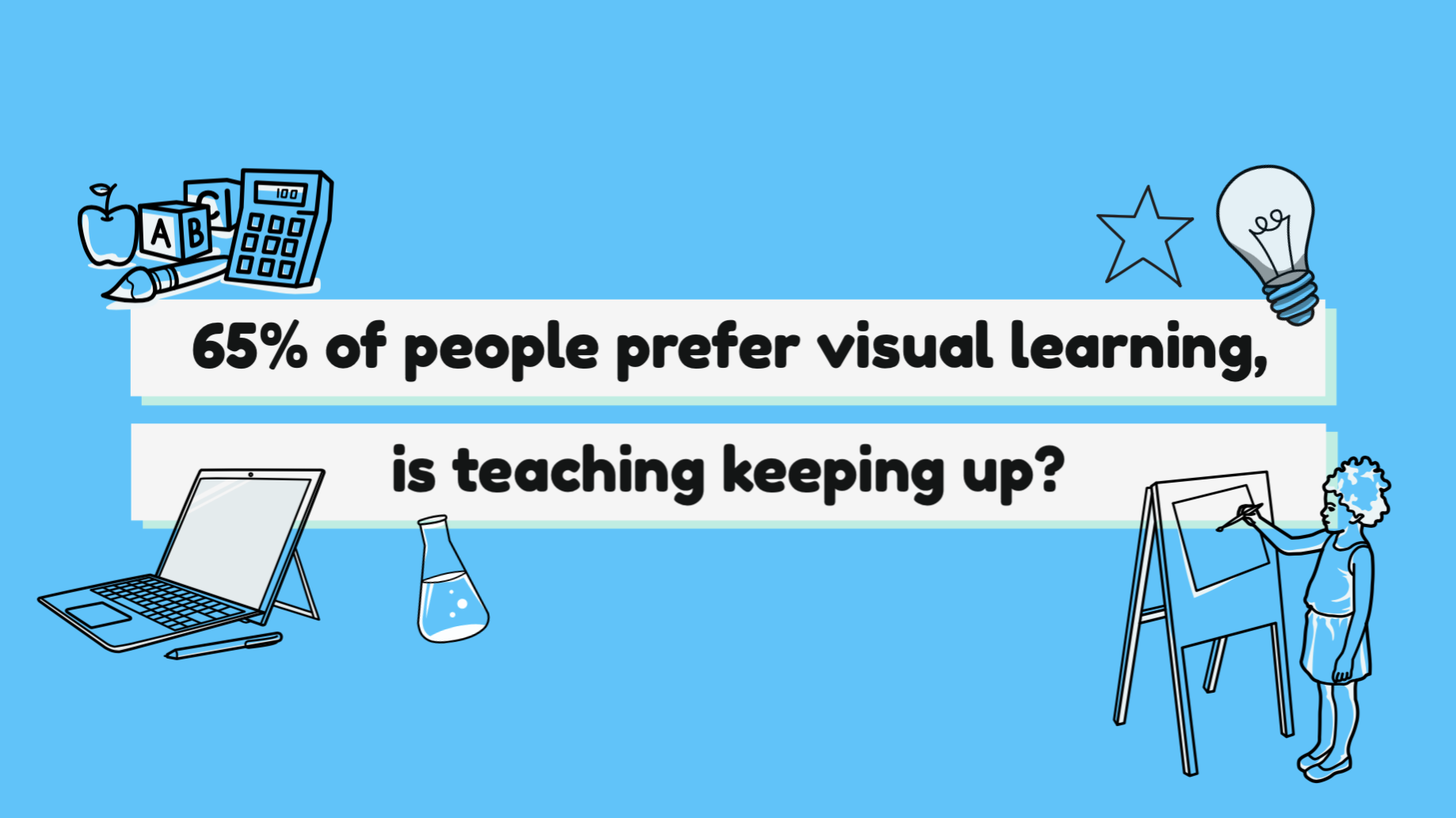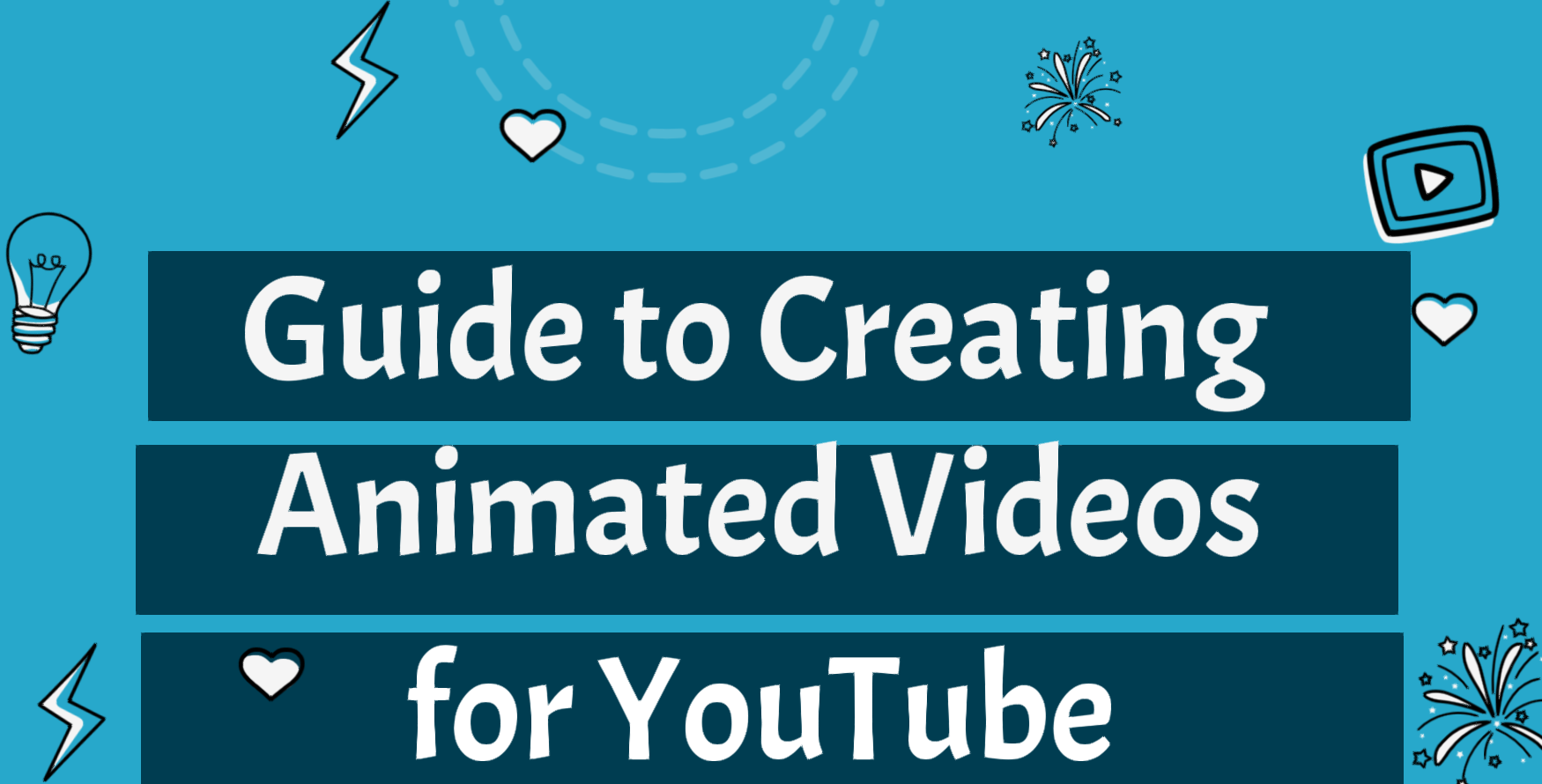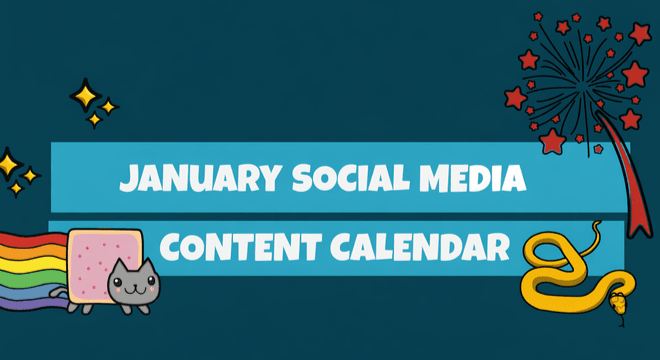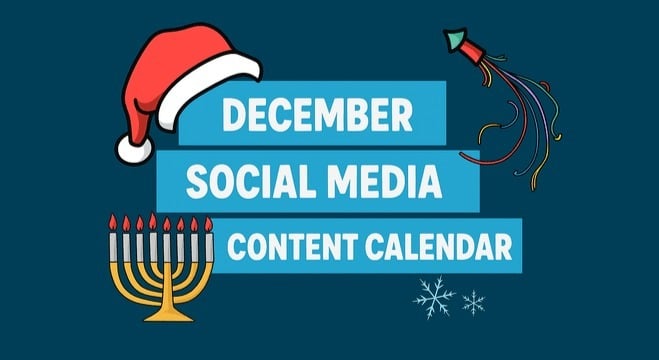Stories are irresistible. Whether it's a gripping drama, a compelling crime novel or even just the story of how we got to where we are today. Stories connect with us emotionally and help us understand even the most complex topics.
To help you harness the power of storytelling, we're walking you through the tried and tested steps to create your own stories that will keep your audience hooked on your every word. Plus, we've even created a free editable template to help you craft your stories even more quickly and easily. Just click below to download your copy 👇
What is storytelling?
Before we get into our advice for telling great stories, let's recap what we mean by storytelling.
Storytelling is defined as the process of using narratives to communicate ideas, feelings and messages to your audience. Stories can be factual or fictional and they serve lots of different purposes - from brand storytelling to humorous tales, stories help us entertain, inform and most importantly connect.
So, you're ready to craft your oscar-worthy story? Here is our fool-proof 6 step guide to creating a narrative that will hook your audiences in.
Step 1: Choose one clear core message
Firstly, you need to be clear on what it is you want to communicate. If you're using storytelling to boost your business and better connect with your customers then your story is likely to have a message that closely aligns with your audience's interests.
Whereas a story to engage students, explain a moral conundrum or simply entertain is going to deliver a very different message. So take your time to outline exactly what you want to say. This will form the core structure of your story and the rest of your characters, setting, narratives and themes will branch off it.
Step 2: Define your story structure
Now you know what you want to say, it's time to decide how you'll say it. When it comes to story structures, there are 7 different universal plots that have stood the test of time. We defy you to name a story that doesn't fit into one of these 7 categories...
Plot 1: Overcoming the monster
These are your classic adventure stories - a character sets out to defeat a powerful baddie or evil force that's threatening them, their home or their community. Often it will seem like the odds are stacked against the protagonist but they come through using their natural charm, skills and cunning.
Examples: Star Wars and Avatar
Plot 2: Rags to riches
As the name suggests, this plot is all about achieving success... and then losing it again! The main character will usually lose themselves in the pursuit of wealth and fame only to come crashing down and reconnect with their true values.
Examples: Wolf of Wall Street and Great Expectations
Plot 3: Voyage and return
In this case our character overcomes challenges and meets new friends in the process of getting home. The friendly plot makes it perfect for lots of children's stories as the lands can be as fantastical as you like!
Examples: Alice in Wonderland and The Wizard of Oz
Plot 4: The quest
The hero sets out to achieve a specific aim, goal or prize and is usually accompanies by a group of friends with complementary skills to help along the way.
Examples: Lord of the Rings and Harry Potter
Plot 5: Comedy
Taking a lighter note, comedic stories often focus on some misunderstanding or confusion that leads to a series of funny repercussions and finally a happy ending.
Examples: Freaky Friday and The Proposal
Plot 6: Tragedy
In this case the main character is essentially good but flawed. They generally get dragged into a series of unfortunate events that lead to their ultimate downfall. These stories tend to highlight dangers, risks or lessons to be learnt.
Examples: Dorian Gray and Sweeney Todd
Plot 7: Rebirth
Lastly we have rebirth. In these stories the protagonist starts out as a bad or unpleasant person but over the course of the story they redeem themselves and transform into a lovable character.
Examples: Beauty and the Beast and The Grinch
Check out our quick animated summary here 👇 Consider which option would work best for your message and audience.
Step 3: Don't shy away from conflict
For stories to really grip us they have to have light and shade. Just think, if it's all smooth sailing then where's the interest, there's no opportunities for your characters to develop and you'll end up with a very predictable plot. It's the ups and downs that hold our interest and keep us wondering what will happen next!
So, following your story structure, consider how you can enhance the conflict and help your audience really feel the struggles of your characters.
Step 4: Use your personal experiences
To give your story more life, it can really help to reflect on your own personal experiences. You can use this insight to build more depth into your characters - you could even base them on a real person you've met. Similarly when you're thinking about the setting for your story and the events that unfold, you can take inspiration from your own life and experiences to build a world that's believable.
Step 5: Use emotive language to connect with your audience
Now for your story to be a success, it ultimately has to connect with your audience. For that to happen, we have to get emotive. Now that doesn't necessarily mean sad, it just means creating characters and journeys your audience can empathize with. So we can imagine ourselves in that situation and think about the emotions we'd be feeling.
To make this connection you really have to build a sensory picture. So help your audience understand what they'd be seeing, hearing, touching, smelling and even tasting in your story. This helps us create a stronger mental picture. For instance instead of saying "Amanda woke up in her city apartment", you could say "Amanda awoke to the rich smell of coffee and the hum of busy traffic outside her window". You're effectively communicating the same information but giving us tangible senses to relate to.
Step 6: End on a high
The final step is a grand finale! You want to leave your audience in one of three ways:
1. Feeling cosy and satisfied by your heart-warming happy ending.
2. Wanting more with a cliff-hanger or mystery ending.
3. Thinking about the moral conundrum you communicated and encouraging greater debate.
It's key to decide which of these you want to achieve before you get into the detail of your story. Otherwise you might find yourself awkwardly trying to nudge your narrative in that direction rather than having a smooth ride.
Extra storytelling tips and tricks
Now we've talked about the steps to storytelling, there are a couple of extra tips that can help you deliver a knock-out tale.
1. Learn from others
While following formulas will help you nail the technical side of storytelling, it's also great practice to watch other storytellers. From comedians and actors to playwrights and authors, observe how they build a story up, the number of twists and turns they take and particularly, how they develop characters.
This will help you see just how diverse storytelling can be and most likely give you some ideas for your own.
2. Ask for feedback
One of the best things you can do to quickly improve is get outside feedback. When you're reading the same content over and over again you can easily lose perspective on what you're writing and get attached to ideas and phrases that might not be helping your story. So ask a trusted friend, colleague or family member to have a look at your story and offer their thoughts.
After all, if they don't get it, your intended audience probably won't either. The beauty of the best stories is that they're easily understood by everyone so this is a great test!
3. Practice makes perfect
Lastly, as with almost everything, but particularly skills like storytelling, practice really does improve your results. You can't expect to write the next Lion King or Charlie and the Chocolate Factory right off the bat. It takes time to hone your storytelling style and skills, so be patient with yourself and experiment with different ideas until you're happy.
There we have it - our tips for telling killer stories that will keep your audience hooked! So, what now? Once you've outlined your story it's time to put it into a storyboard ready for animating. Discover our guide to storyboarding here.
To start creating your own animated story, log into VideoScribe or start a free 7 day trial today 👇




.png)


![How to create animation magic [3-part guide to video success]](https://blog.videoscribe.co/hubfs/How%20to%20create%20animation%20magic%20guide%20VideoScribe.png)






COMMENTS